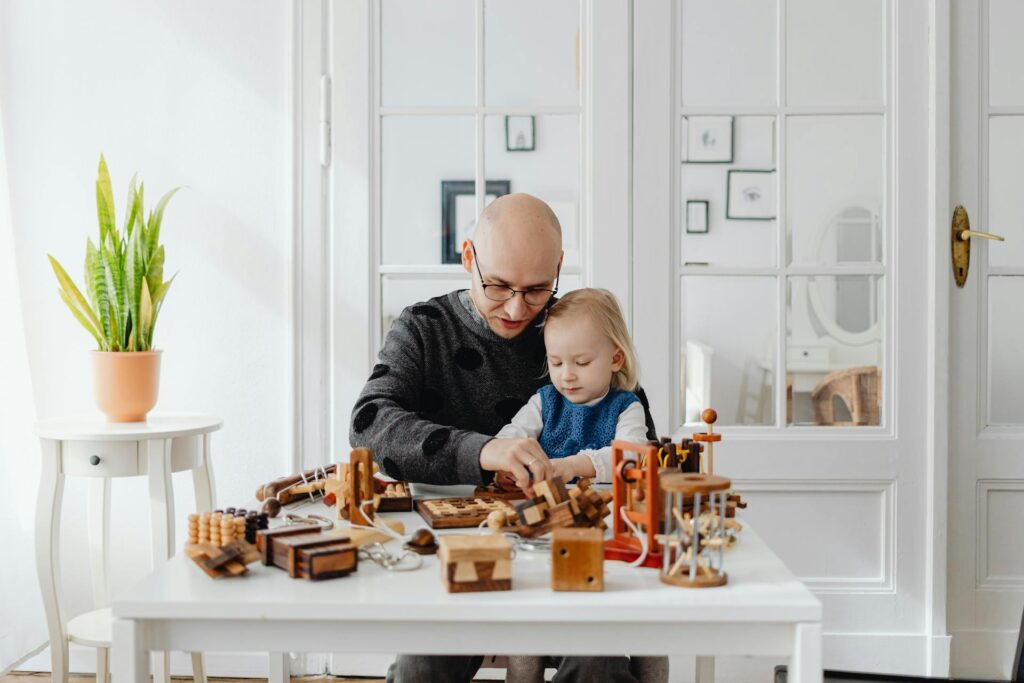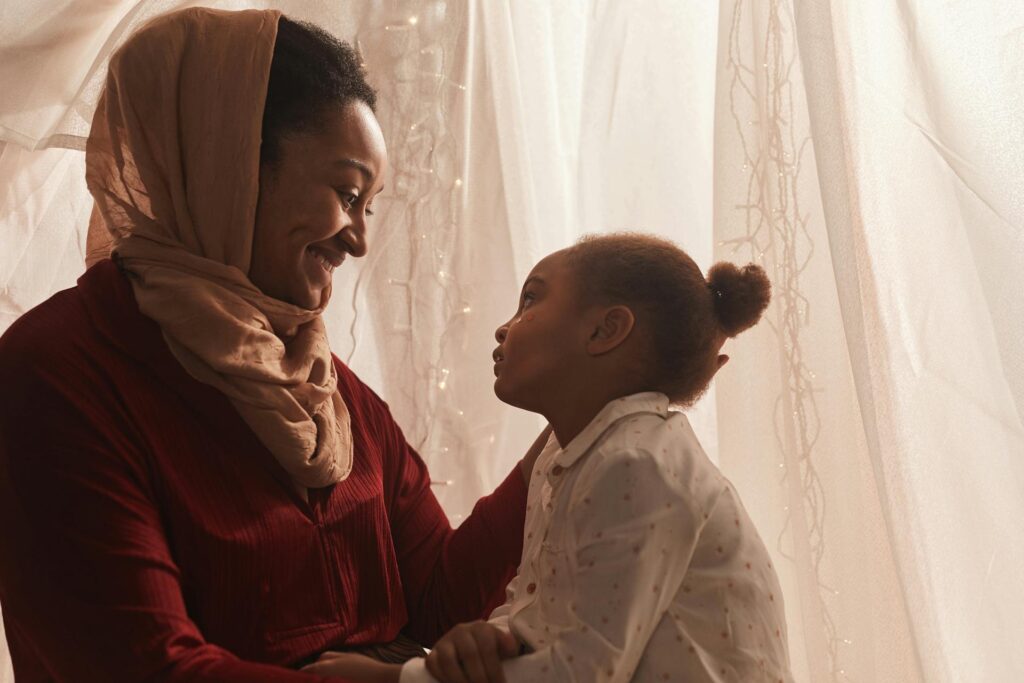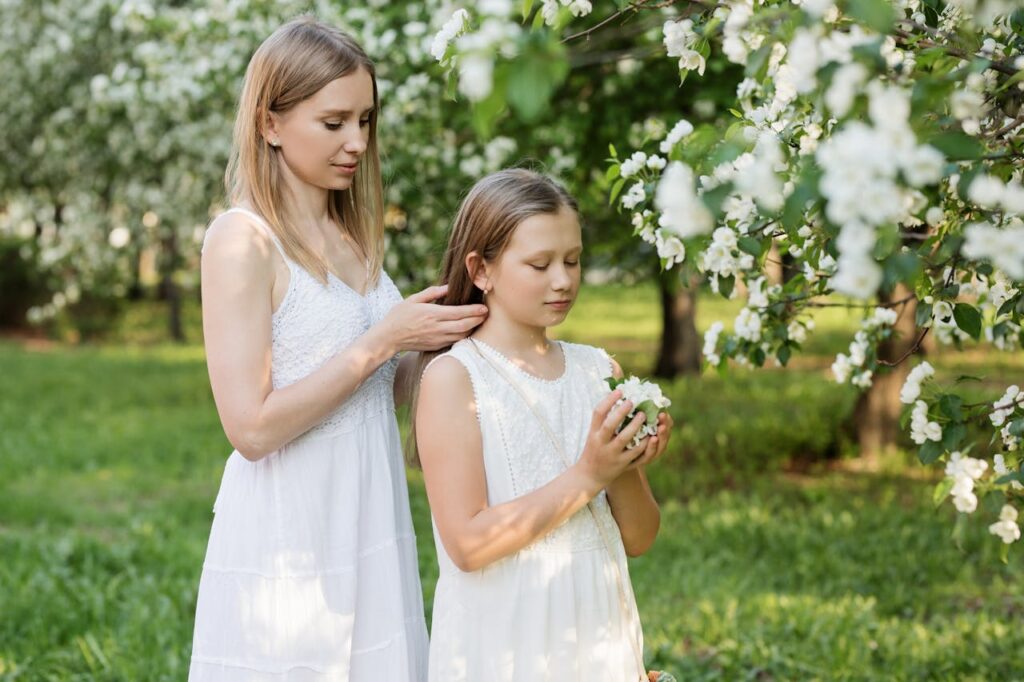
One of the best parts of being a toddler parent is hearing them communicate through words for the first time. Sure, the coo’s and squeals were cute. But finally being able to hear my little one use real words, solidify that I am raising a whole human. Speech is one of the most important and noticeable milestones in childhood development. Developing language skills starts from infancy as seen in this post.
As moms, when our babies become toddlers, we often worry if we are doing enough to nurture our child’s language development. We often go in search of tools to help our child either to support speech /language delays, build vocabulary, or simply build social skills. Tools such as toys are great at accomplishing these goals. Children learn through play. And with so many toys to choose from, it can be quite overwhelming for parents to know which ones are good for speech development. I have found the 5 best toddler toys that I have used with great success.
But what makes a great toy for speech development? The simpler the better. In case you haven’t noticed, your little one can seem to play with the remote, spoons, forks, pots, and Tupperware for hours on end. I also prefer toys that are not battery-operated. The noise and flashing lights found in a lot of toys are more of a distraction than educational.
It’s important to note that to reach the desired goal, the toy won’t work on its own. You will have to play an active part in making the toy work for you.
How to use toys to help toddlers talk
Build a language-rich environment
Actively narrate all that you do not just while playing with the toys but throughout the day.
Focus on actions
At that young age, they are fascinated by the action of the things around them and also their bodies. So it will be easier for them to grasp the concept of action words.
Read
Regular reading will not only increase their vocabulary but also expose them to things that may not be in their immediate environment.
The best toys to help toddlers talk
Books
Books are a great way to get your toddler talking. By pointing to pictures, naming objects, and making vehicle and animal sounds, toddlers can practice their language skills in a fun and engaging way.
Books with vibrant pictures will catch any child’s attention and provide opportunities for parents to engage with their child. Books also help develop a child’s vocabulary.
Tip: To get the maximum benefits of reading to your toddler, point out the names of objects, animal names, and sounds in the pictures on each page. Talk about how the characters might be feeling putting names to the feelings and remind them about a time they had a similar experience so that they can make the connection.
Repetition is key when it comes to reading to toddlers. And you don’t need to be intentional about it, they will demand it. You will find yourself stuck in a loop of reading the same book almost every night at your little ones’ request. Try not to dread it, embrace it. Repetition will introduce them to a new word each time, cement the concept or context of a word they have heard before, or provide the comfort that a familiar story brings. Pick a new word to focus on each time and use real-life experiences to make the word more familiar. For older children, get them to help you tell the story based on the pictures or recall familiar stories.
The Cat in the Hat: 0400307299532: Dr. Seuss: Books
Building Blocks
Building blocks are a classic and versatile toy that can help toddlers develop their language skills. Building blocks are classified as open-ended toys. Open-ended toys are some of my favorite toys for my daughter as they require lots of imaginative play. They can be manipulated in many different ways to build towers, houses, and other fun structures. Building blocks also encourage children to work together and build communication skills with their peers. By sharing ideas, talking about what they are building, and working together to create something, children can develop their social skills and language abilities.
Tip. Building blocks come in a variety of different colors and shapes. Playing with building blocks presents the perfect opportunity to help your little one practice naming shapes and colors, and compare sizes of the blocks. Describe their creations using words like “tall,” “short,” “big,” and “small.”
Amazon.com: Melissa & Doug Wooden Building Set – 100 Blocks in 4 Colors and 9 Shapes
Puzzles
Puzzles are a great tool fun and educational toy that can help toddlers talk. By matching shapes, colors, and pictures, children can practice naming objects and developing their vocabulary. Puzzles also help children develop their problem-solving skills and spatial awareness, as they figure out how different pieces fit together. The placement and fitting of puzzle pieces together build fine motor skills and hand-eye coordination. Puzzles function as great motivators, building children’s confidence when completed.
Tip. Get simple puzzles that have animals, vehicles, common objects, and shapes. When the puzzle is complete you can mimic vehicle and animal noises. Naming the objects seen on the puzzle and using descriptive words can provide opportunities for parents to engage with their children and help them learn new words. “Look at that big red truck” “The black dog is smaller than the white dog.”
Play Kitchen/Baby Doll
A play kitchen is a versatile toy that can help your toddler talk. By utilizing pretend play with pretend food, dishes, and utensils, children can practice naming objects, describing actions, and using their imaginations. Play kitchens also provide opportunities for children to engage in role-playing and social interaction, as they pretend to cook, serve meals, and play doll house. Play kitchens can be used to teach children about food, cooking, and household chores, and can provide opportunities for parents to engage with their children and help them develop their language skills. By cooking together, talking about different foods, and creating pretend meals, parents and children can bond and have fun while learning.
Similarly, young children love playing with baby dolls because it use interactive play. You will find most kids incorporating both play kitchen sets and dolls into their pretend play.
Tip. The best part of play kitchen sets is that most of the pieces are available to them in their everyday life. So start by introducing your little one to them in real life. Allow your child to watch you in action, even give them their very own stool to spectate from. Name the utensils and cookware. Use descriptive language to talk about the foods being prepared. “green cucumber” “spicy pepper” “stove is hot”. Emphasize actions while in motion. “stirring the pot” “mixing the batter” “kneading the dough”. When using dolls, focus on emotions. Name the feelings, and mimic babies’ cries and laughter. Playing with dolls is a fun way to name body parts.
Cause and Effect Toys
These toys will help your little one understand that for each action there is a reaction. Using cause-and-effect toys is one of the best ways to teach action words. Unlike the other toys mentioned, these are toys in motion and as such will easily catch your child’s interest. Examples of cause-and-effect toys are pull back cars, pound a ball toys and car ramp toys.
Tip. Mimic and name the sounds made by the toys. for example for vehicles “Vroom” “Boom” “Beep Beep” “Choo Choo”.Talk about the actions that are taking place in real-time. For example “The balling roll.” “The car is driving” For older children, ask them to narrate what might happen when the action is completed.
Frequently asked questions:
What toys help kids learn to talk?
Books, play dolls, play kitchen sets, building blocks, stacking toys, sensory bins, play dough are all great toys to stimulate language in little kids.
How do I help my toddler with his speech?
Read with your toddler, engage in interactive play, sing songs and nursery rhymes. Repeat daily.
Why is my toddler struggling to talk?
Oral-motor problems may contribute to your toddler having speech delays. If you have serious concerns about a child’s speech wherein they are experiencing a speech delay, it is best to seek professional help. Professionals such as speech therapists or speech-language pathologists are available to assess your child’s language development and employ techniques alongside speech therapy toys to get your child back on track.
Conclusion
Toys play a crucial role in helping toddlers talk and develop their language skills. Books, building blocks, puzzles, and play kitchens are just a few examples of toys that can support toddlers in their language development. By engaging children in play that encourages communication, parents can help their children develop their vocabulary, language skills, and social abilities. Investing in quality toys that are designed to support language development can set children on the path to success.


